Why Android is a serious problem for Microsoft
Earlier this month, the unstoppable Android machine achieved the inevitable: Android finally overtook Windows as the most used OS worldwide, according to StatCounter, a company that measures worldwide OS usage.
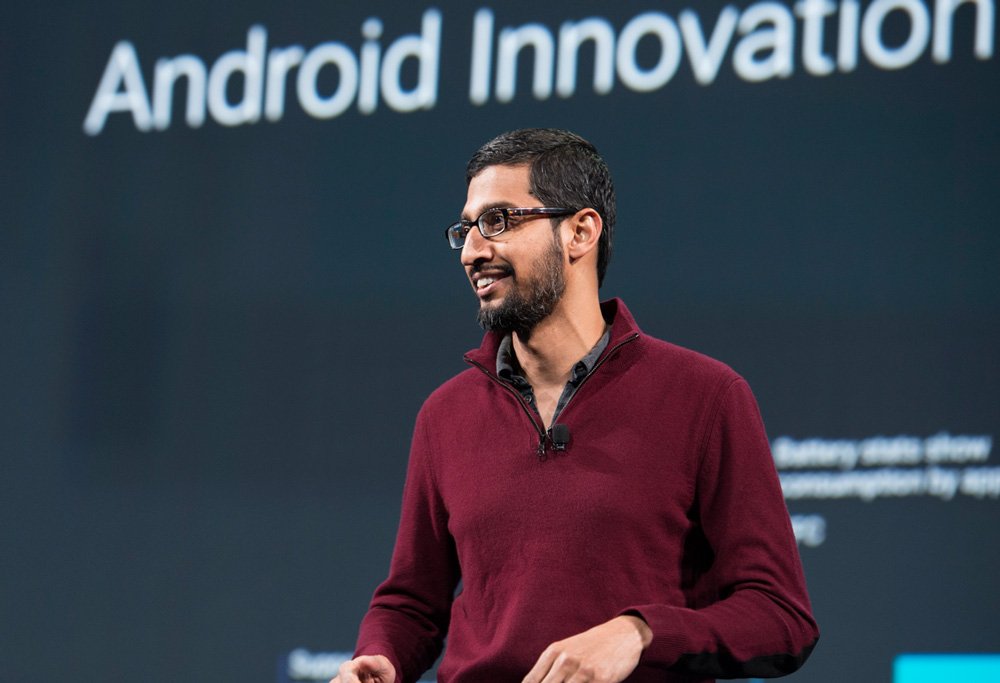
This is a serious problem for Microsoft. As the dominant force in personal computing since the 1980s, the "immovable object" that is Windows has been displaced by the "unstoppable force" that is Android.
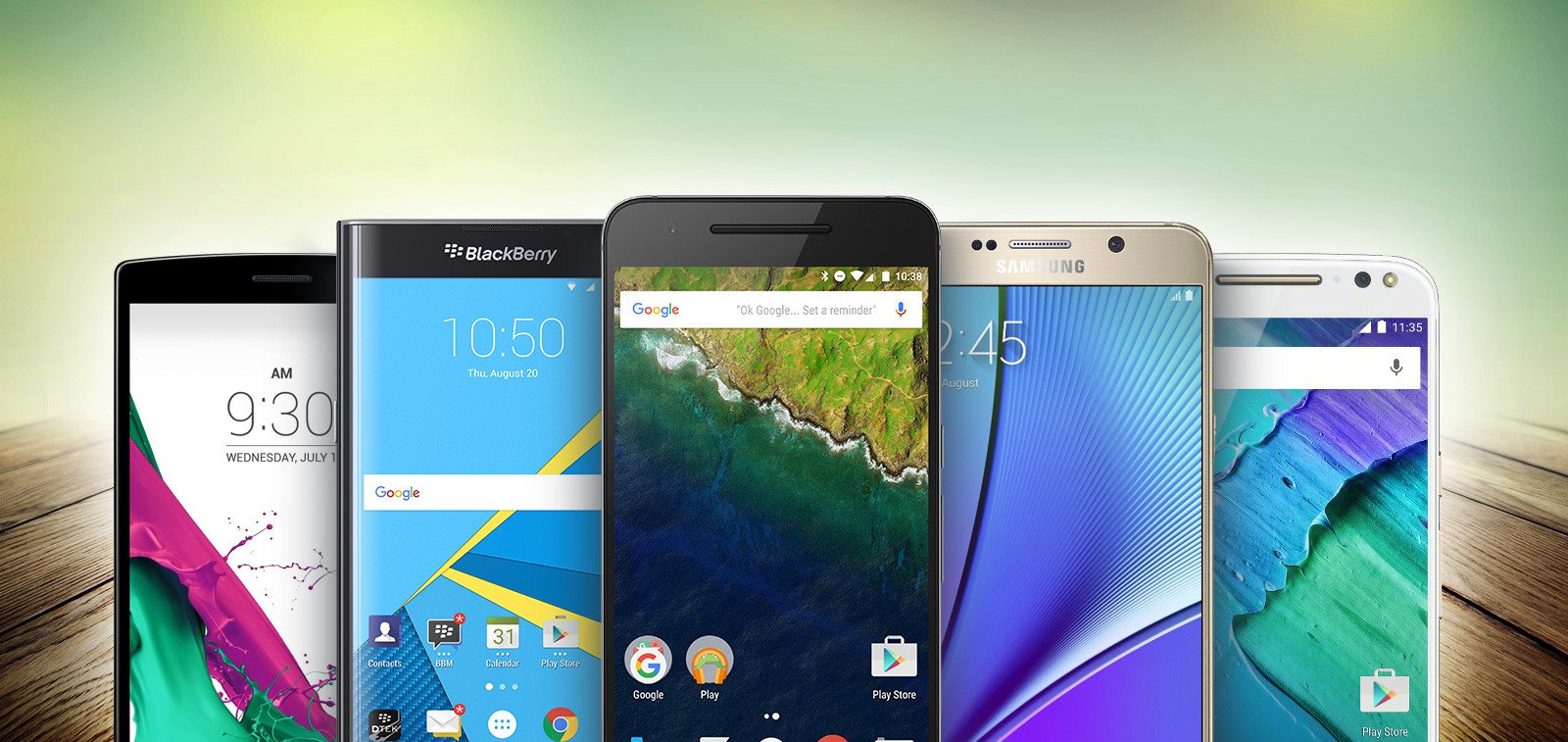
The troubling part about this for Microsoft is that it took less than ten years for Android to overtake Redmond's multi-decade reign. With unrelenting momentum and pervasive ubiquity, what might the next ten years yield for Google and Android as Microsoft struggles to make Windows relevant in the modern age of mobile computing?
Writing was on the wall
I can't say that I'm surprised by Android's surpassing of Windows as the most used OS. In fact, no one who follows tech should have been. Since Android's introduction to the consumer masses in 2008, it has seen a meteoric rise.
Part of what is an open source OS, Android Open Source Project (AOSP) became Google's "proprietary" OS of sorts via company-driven updates and the Google Play Store. In other words, Google found a way to make an open source OS a leash that keeps most Android-using OEMs tethered to Google. (China-based smartphone maker Xiaomi and online retailer Amazon are exceptions.)
Google established agreements with OEM partners that effectively locked them in if those companies wanted the invaluable benefit of the Google Play Store on their Android phones. Without the popular suite of Google-branded products and the Play Store, most OEM devices would have little consumer appeal in the fierce smartphone market. Ultimately, as a free OS, a host of manufacturing partners embraced Android in hopes of staking a claim in the highly competitive consumer smartphone space that Apple, by way of the iPhone, had established as its domain.
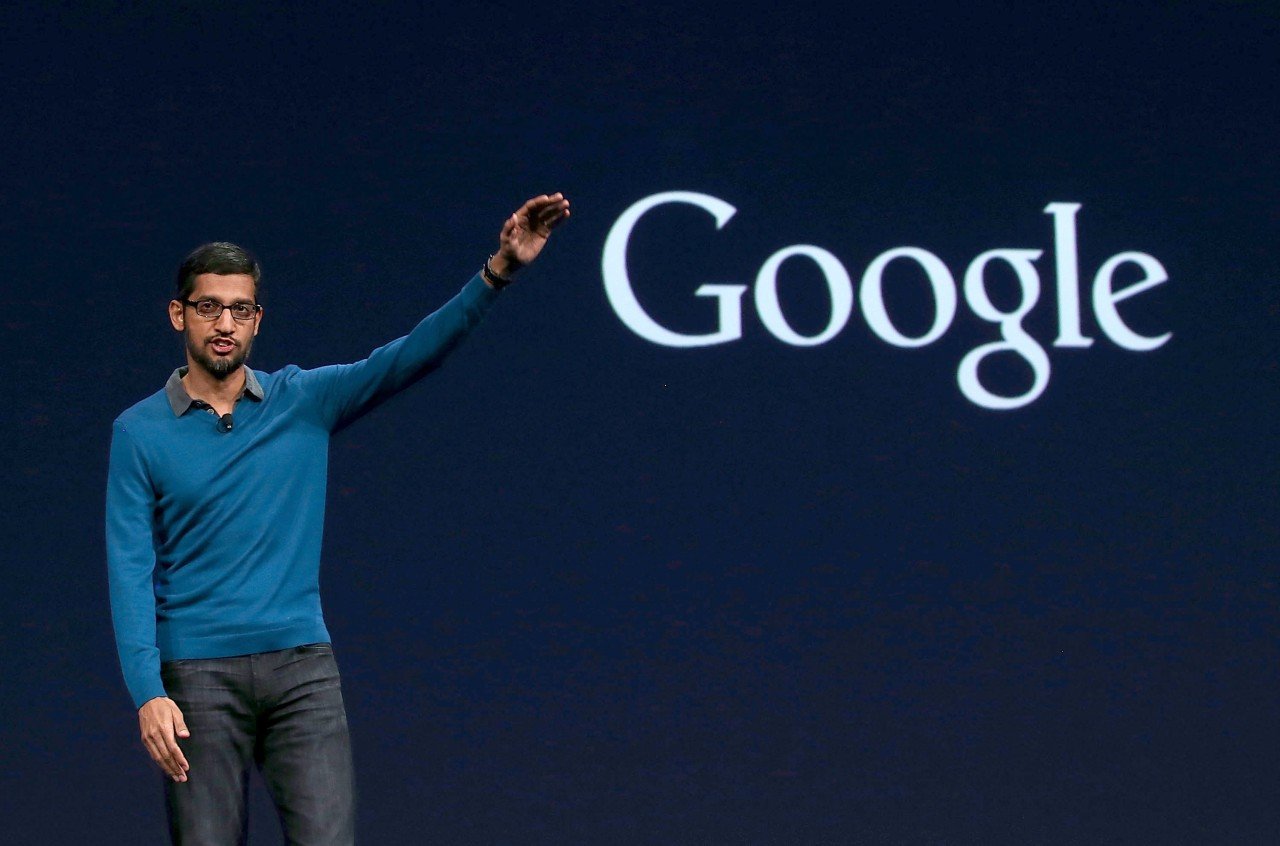
Google, of course, reaped the benefits produced by the intense competition between Android OEMs. Regardless of what Android OEM "won," after all, Google was also a winner.
Samsung eventually rose to be the dominant Android OEM worldwide. As the provider of a host of popular Android-based devices including smartphones, tablets and wearables, Samsung is a major force in pushing Android to the masses.
All the latest news, reviews, and guides for Windows and Xbox diehards.
Dominance
With the help of the Samsung powerhouse and other OEMs, Android dominates the smartphone space with over 80 percent market share. This position in what is currently the most relevant personal computing space echoes Microsoft's 90 percent market share in the PC space. Both positions seem entrenched and unalterable. Of course, Google's pursuit to rule personal computing does not end within the confines of the smartphone space.
Like Microsoft, the Mountain View company is pursuing dominance across a range of personal computing platforms. The benefit Google has is that mobile, which it rules via Android, is a portal to virtually all other computing platforms such as IoT, wearables and more. Consumers and developers alike are embracing Android's steady march into our daily routines.
The pervasive nature of Android in the everyday lives of consumers is a major problem for Microsoft. In years past, when personal computing was limited to the sedentary context of the PC, consumers saw Microsoft's Windows OS and its suite of products and services as the platform for computing. Today's transient computing reality, where our digital experiences live in the cloud, are supported by AI, and transition across an array of devices, is the new reality in which consumers live.
Sadly, this reality is one for which Microsoft has big dreams but little consumer presence. Android, however, is front and center, and it is aggressively seizing consumer mindshare.
An AI-driven vision
Google's CEO Sundar Pichai shared in an interview last year that said he wants to bring computing to "your phone, your wearables, your car, and your home." At the core of this drive is AI. Whereas Microsoft's vision is a cloud-first, mobile-first strategy, Pichai is moving Google from mobile to AI. This is evident in the company's hardware portfolio, which is positioned to showcase AI, as with the Pixel.
That isn't to say that Microsoft has no AI strategy. I have written extensively about Microsoft's AI vision, cognitive services, Conversation Canvases, Bots FrameWork and quantum computing investments.
Gates and Ballmer paved the way for Nadella's AI and bots
Sadly, when it comes to actual products that consumers use and recognize as Microsoft-branded, not even Cortana's integration in 500 million Windows 10 desktop PCs seems to be making a mark for Microsoft. The new Google Assistant, an evolution of Google's well-known Google Now, and Siri are increasingly part of our culture, however.
Samsung is Viv-ing it up
Furthermore, Samsung purchased the startup Viv whose founder Dag Kittlaus helped to create AI that was designed for a ubiquitous, unbounded presence on various devices.
Kittlaus stated the following when asked about selling the company before the Samsung acquisition:
Our goal for this is ubiquity. And we're going to follow the path to ubiquity. We've had acquisition offers in the past that we have not gone with … We're going to stay true to what we think is the right way to get to get to ubiquity.
The manifestation of the Viv AI as Bixby on the Galaxy line of smartphones is just an initial step of Viv's AI integration in Samsung's broad range of products. Post-acquisition, Viv still runs independently, and as Kittlaus keeps Viv as an open platform, he sees an opportunity with the more than 500 million products (not just smartphones) Samsung ships every year.
Like Siri and Google Assistant, Bixby, with Samsung's product integration and promotion, may become a more recognized part of our lives.
The Internet of Intelligent Things: Google, Samsung, Microsoft, and the new battlefront
Marketing matters
At a recent doctor appointment, my one-year old daughter activated Cortana on my Windows phone. The nurse responded, "She's talking to Siri." I muttered an indication that it was Cortana but didn't bother explaining further.
I wish Microsoft was making greater efforts to promote its products. It would make advocacy from fans like myself a lot easier. Google, by contrast, is putting forth great efforts to ensure consumers are aware of its Assistant, as seen in the television ad below:
Aggressive ads in conjunction with integrated services, such as Google Assistant integration in Google's messaging platform Allo, help to put this Android-based AI and other products in front of consumers.
I recently asked, "With Surface phone, will Microsoft learn from its past marketing mistakes?" As I emphasized in that piece, Microsoft leans heavily on a marketing strategy where it uses its products to advertise its other products rather than spending massive marketing dollars on TV ads and other marketing. An example is Microsoft's hope that Cortana's integration in Windows 10 and Edge will help promote Cortana. Though there were TV ads using Cortana in the past, we see nothing promoting the assistant's benefits on Windows 10 for PC or other platforms.
By contrast, Google uses sensory and emotionally compelling ads to supplement product integration. The little mindshare Cortana has among consumers despite integration in Windows 10, iOS, Android and Windows phone is indicative of which strategy is more effective.
AI, bots and Canvases Part IV: The war is on! Microsoft is not alone.
A home run … by Android
Google Home is Google's Alexa-like voice-activated smart home control hub. Consumers who have grown accustomed to initiating a digital assistant on their Android phones with the phrase, "OK, Google Now," are doing the same in their homes with the command "OK Google." For consumers like myself who have not purchased a Google Home, the ads that demonstrate its functionality are still helping Google capture mindshare.
While consumers are buying and using these devices that are pushing Google's AI-driven Android vision, techies and enthusiasts are reminded that Microsoft's Cortana-based alternative is coming soon. Sadly, regular consumers have no idea such an alternative even exists.
By the time Microsoft gets to market with its alternative (particularly if Microsoft continues its less than aggressive advertising legacy), Alexa and Google Home may leave Microsoft's Cortana speakers homeless.
Furthermore, though Microsoft is providing a broad platform for the automotive industry using its cloud-based intelligence services, the lack of a consumer-facing tool like Android Auto is a void in Microsoft's personal computing portfolio.
Who are you wearing?
Wearables such as smartwatches and fitness bands have not taken off with consumers to the degree some would have hoped. Still, it is a space that is being addressed by Android Wear, a version of Android for wearables and smartwatches, and by Apple via the Apple Watch. Microsoft had two iterations of its Band on the market before unceremoniously vacating the wearables space.
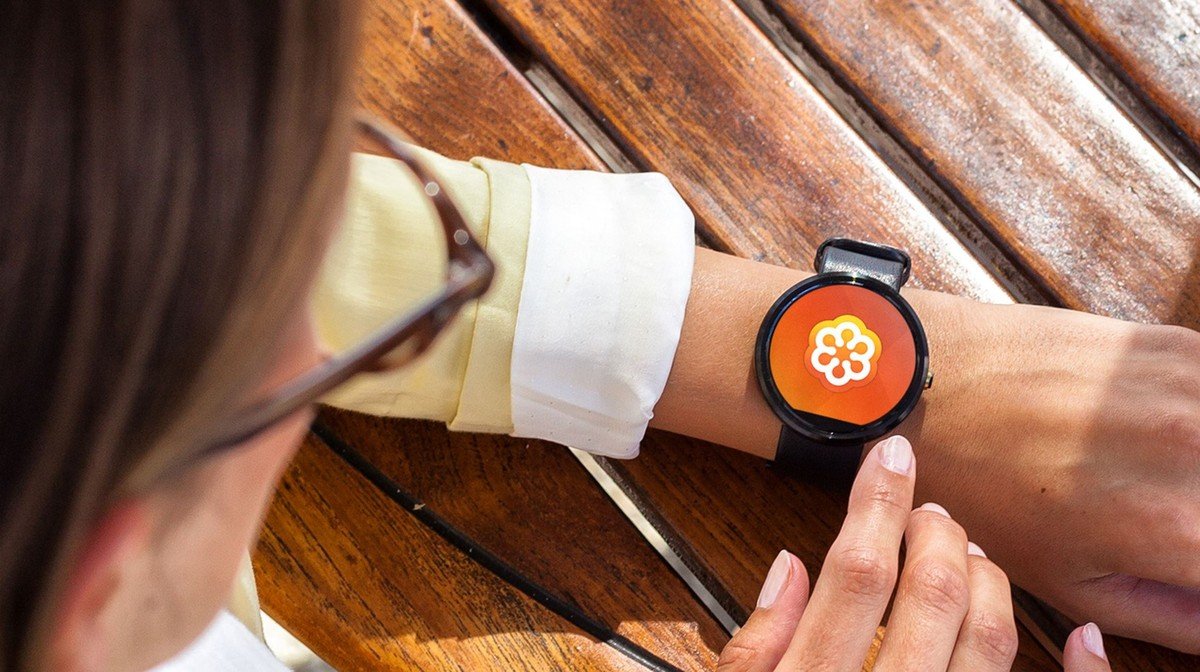
Consumers, who are looking to extend their personal computing experiences to their wrists have a number of Android-based options. If a customer wanted a wearable based on Windows 10, the OS that is supposed to conform to all form factors and device types, not so much. Even if Microsoft is planning something to replace its now defunct Band, retailers can't stock their shelves with plans.
One of the few spaces that Microsoft seems to have an undisputed lead in a new personal computing form is "Mixed Reality." With HoloLens and the Mixed Reality platform, Microsoft is a leader. As a platform company, Microsoft has utilized partnerships to help bring VR headsets to market. Unfortunately, with a delay of the next version of HoloLens, the more interesting augmented reality (AR) headsets seem a long way off for consumers.
Will an Android-based (or iOS-based) option swoop in and capture the consumer mindshare that Microsoft's older technology could - should - have possibly garnered?
Does Microsoft know how to reach consumers?
For many years Microsoft has been an enterprise-focused company. Its success in the PC consumer space was a result of its enterprise success spilling over into the home. There was a personal computing void in the home that needed to be filled. Consumer experiences with Microsoft's products at work, combined with few other options, made Microsoft's trek into the consumer space a journey with little resistance.
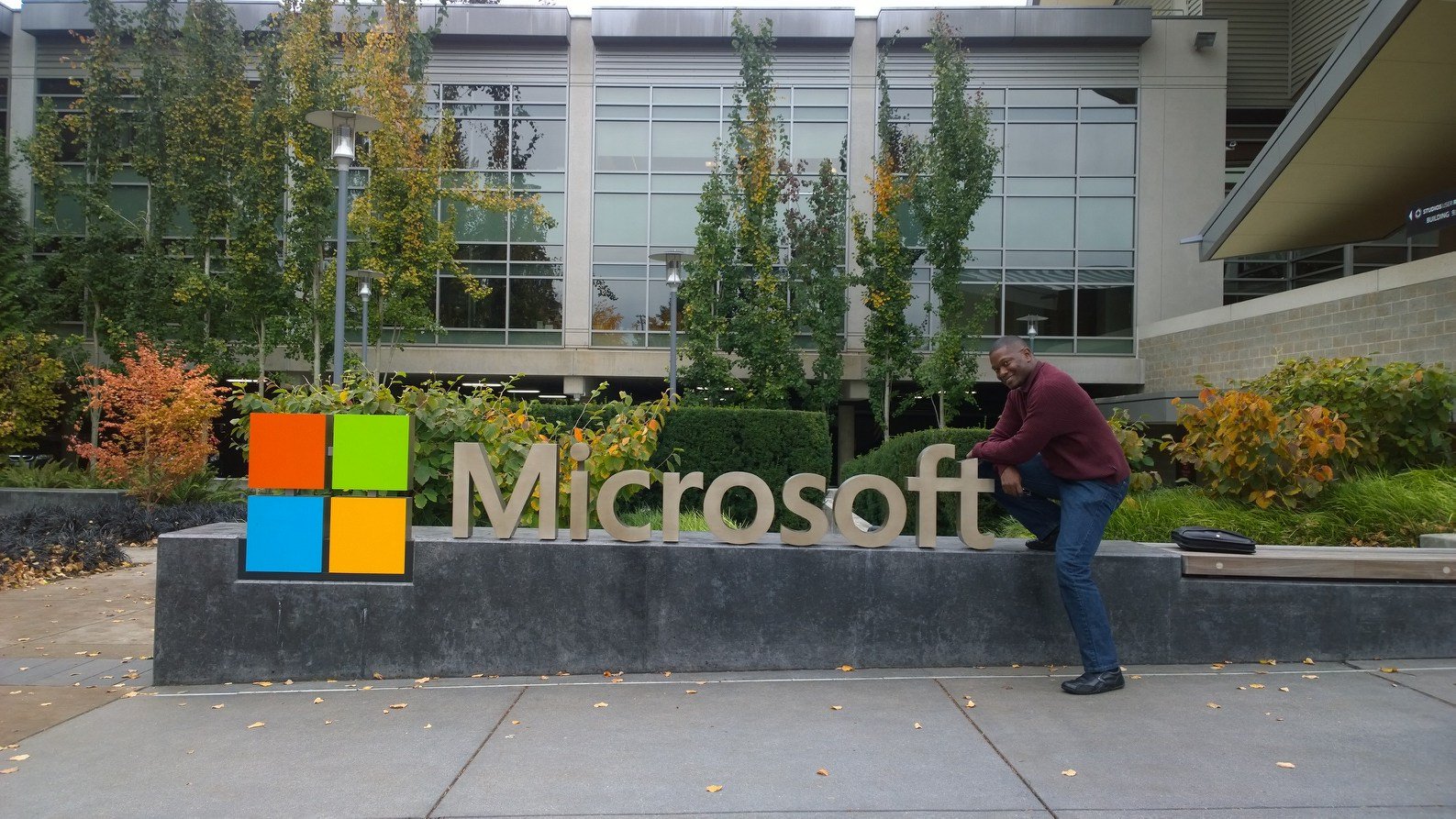
That legacy and a marketing strategy that obviously lacks the aggressive appeal for consumers does little to stall the unrelenting march of the Android machine. Given the ground Microsoft has lost in such a short time, one would hope the company would alter its marketing methods. If Microsoft isn't careful, even its dominance in the PC space may lose ground to Android.
With all the excitement over Windows 10 on ARM, don't forget about Google's Andromeda
Samsung's Galaxy S8 and its desktop emulating Continuum-like capabilities via the DeX dock won't put a dent in Microsoft's 90 percent dominance in the PC space anytime soon. Still, Microsoft should be wary.
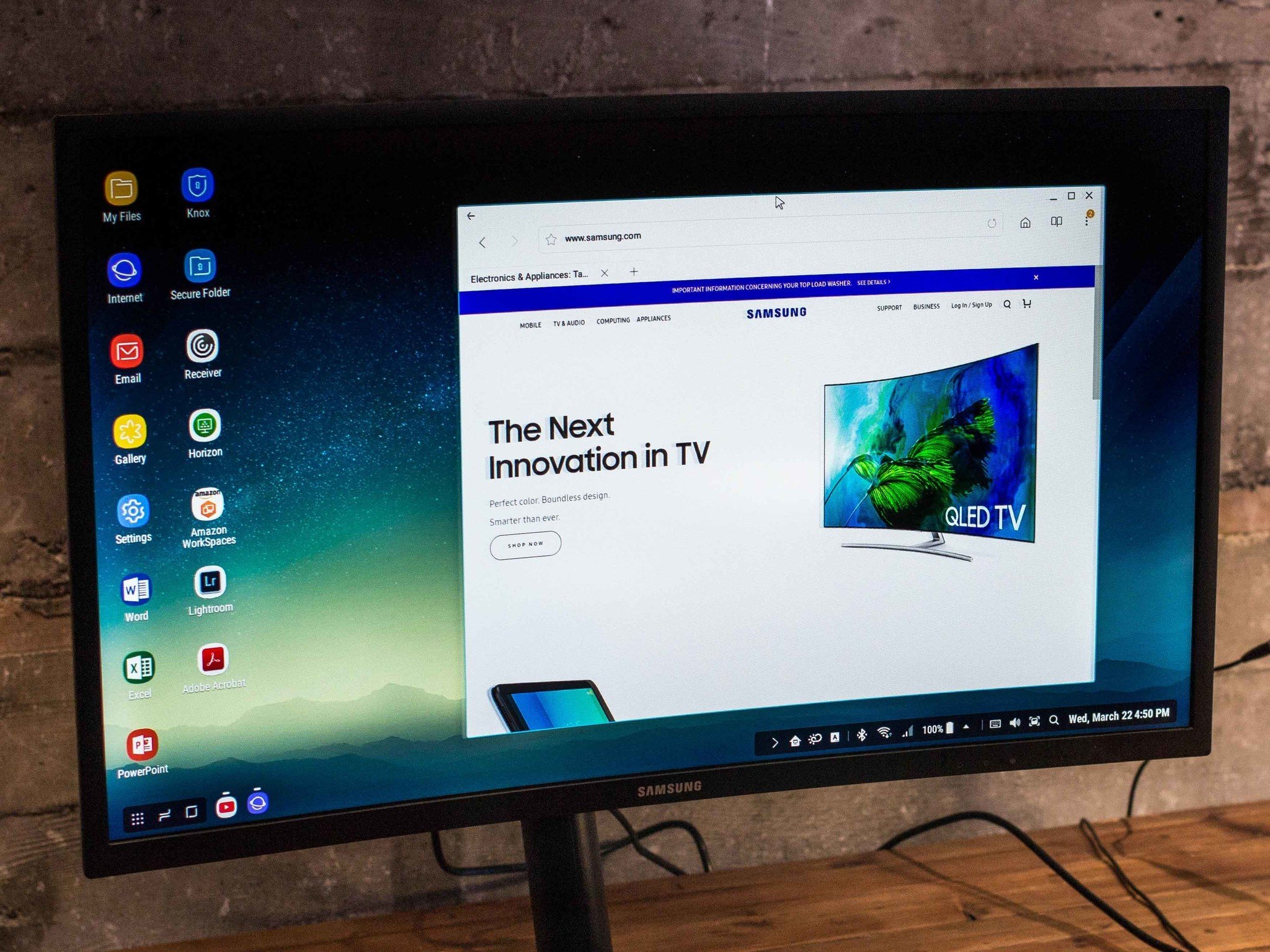
Like Android apps on Chromebooks, Samsung's Galaxy 8 Continuum-like features are yet another step of a seemingly unstoppable OS into Microsoft's personal computing territory. From smartphones, AI, smart speakers, wearables and the PC, Android is either dominating these personal computing platforms or making inroads on Microsoft.
So, yes, Microsoft has a very real Android problem.
Related reading:

Jason L Ward is a Former Columnist at Windows Central. He provided a unique big picture analysis of the complex world of Microsoft. Jason takes the small clues and gives you an insightful big picture perspective through storytelling that you won't find *anywhere* else. Seriously, this dude thinks outside the box. Follow him on Twitter at @JLTechWord. He's doing the "write" thing!
